
March 2020
Japan has a long tradition of different religious beliefs coexisting, and even merging, creating a unique spiritual landscape.
During your trip, you will come across many temples and shrines. While it may all look similar to unfamiliar eyes, some basics will help you gain understanding and enjoy your travels further.
What are the main differences between Shinto and Buddhism? Let's take a look!
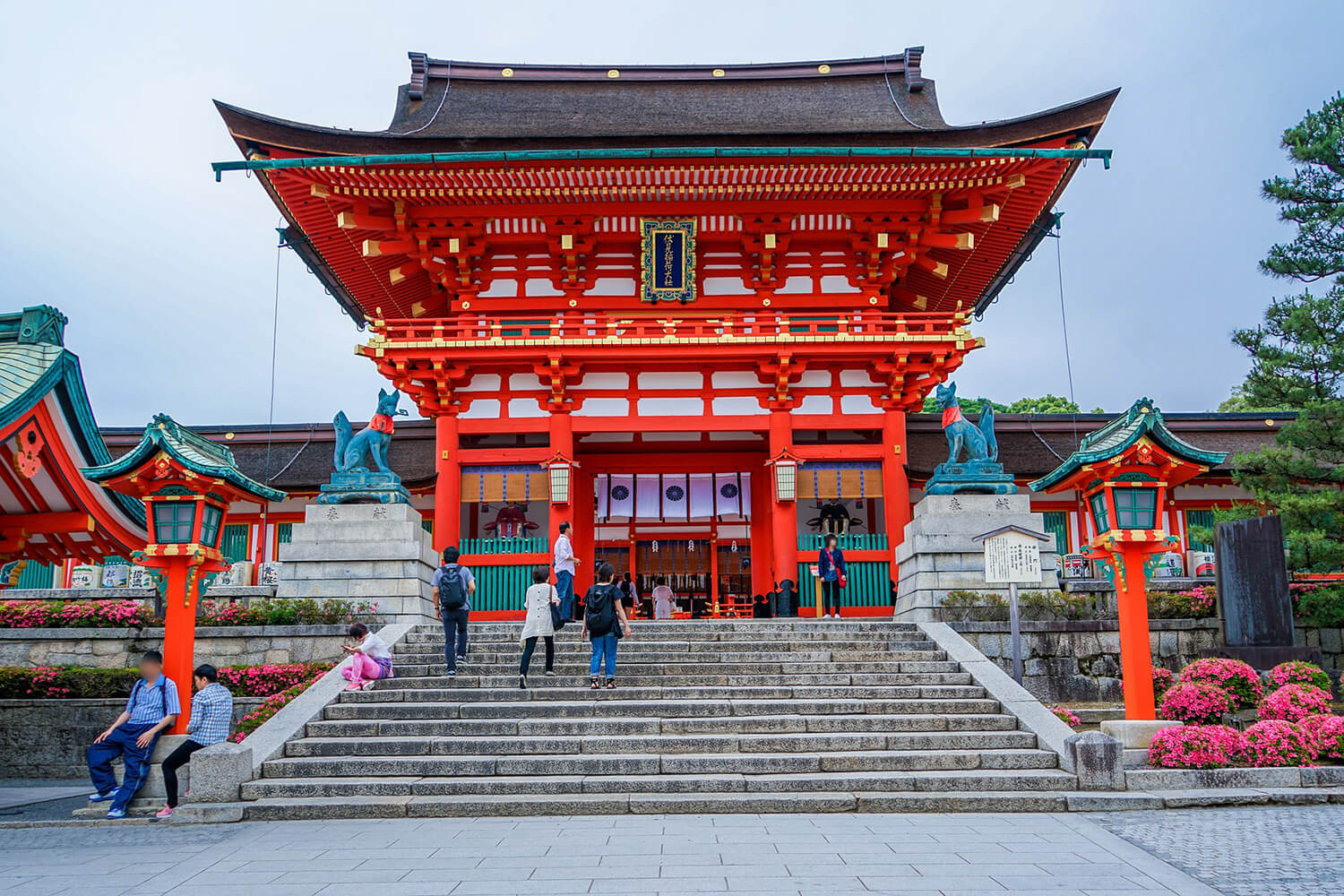
Shinto is the native religion of Japan. It is based on the worship of kami (deities) that embody natural phenomenons (fertility for example) or location (a specific rock or tree). It is a form of animism where there is no hierarchy between divinities. Some are prominent though, like Amaterasu, the Sun Goddess, or Mt Fuji.
One of the main kami represents a fox, Inari Ôkami, and is found all over Japan. Inari is the Japanese kami of foxes, of fertility, rice, tea, and sake, of agriculture and industry.
Shinto shrines (jinja 神社 in Japanese) can be recognised by their bright red colour, and use of large red gates - known as torii.
[caption id="attachment_32263" align="alignnone" width="300"]
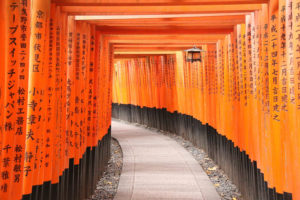 Famous Torii - Fushimi Inari[/caption]
Famous Torii - Fushimi Inari[/caption]
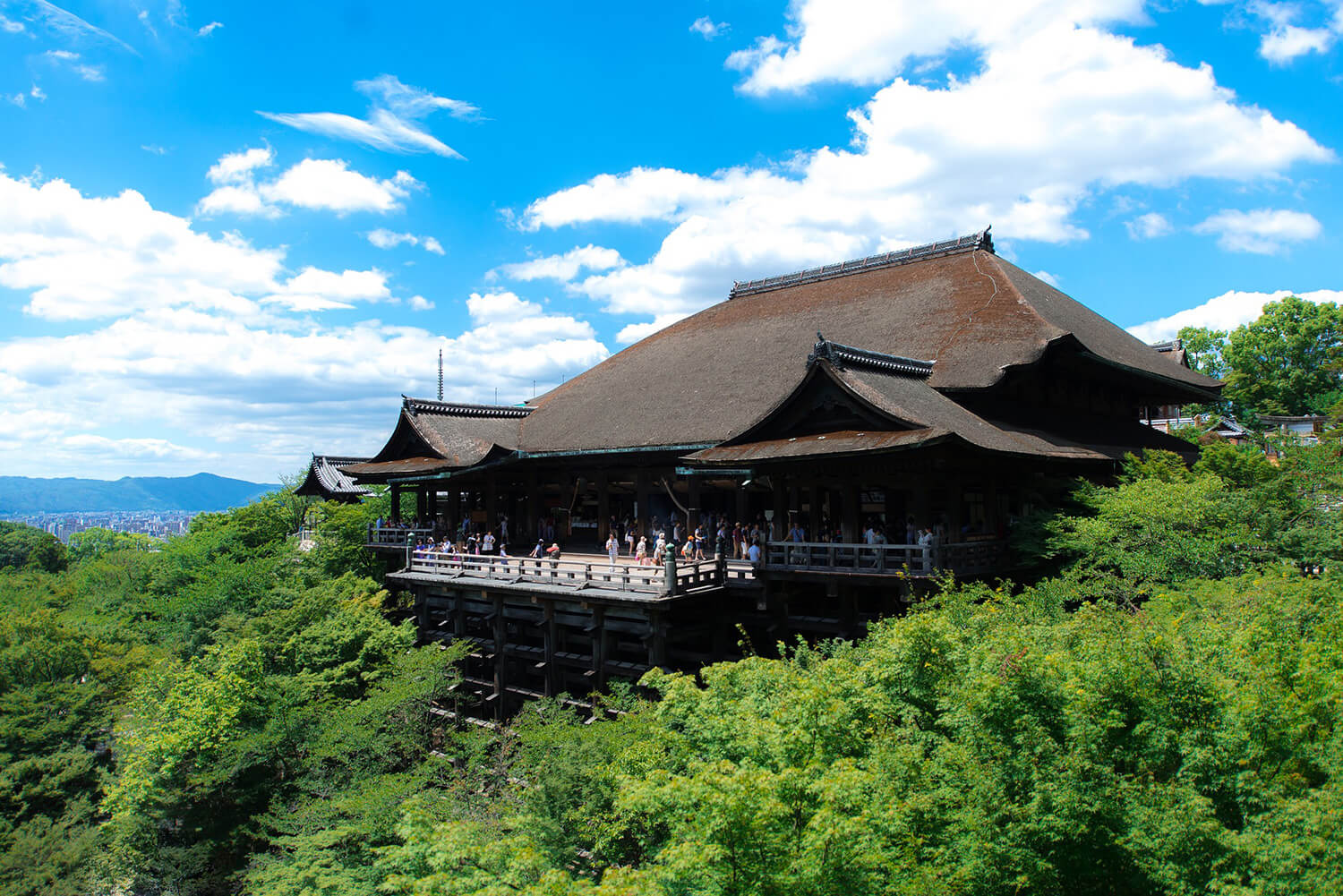
Buddhism arrived in Japan around the 5th century from China, through the silk road and Korea. As in other parts of Asia, there are many different Buddhist schools, that embody different practices and approaches. Japan is famous for the Amida and Zen Buddhism, but smaller schools still exist to this day.
Buddhism is a philosophy based on the idea of finding a way to break out of the reincarnation cycle samsara. How we reincarnate in the next life is the product of our actions in life (good or bad). A Buddha is someone that has broken free from samsara and has reached nirvana, the state of liberation.
A bodhisattva is a compassionate being that postpones becoming buddha in order to help humanity. There are many bodhisattvas worshiped in Japan, the most famous of them is Avalokiteshvara – or Kannon in Japanese. Kannon has many different forms, but the most famously depicted with a thousand hands to save as many souls as possible.
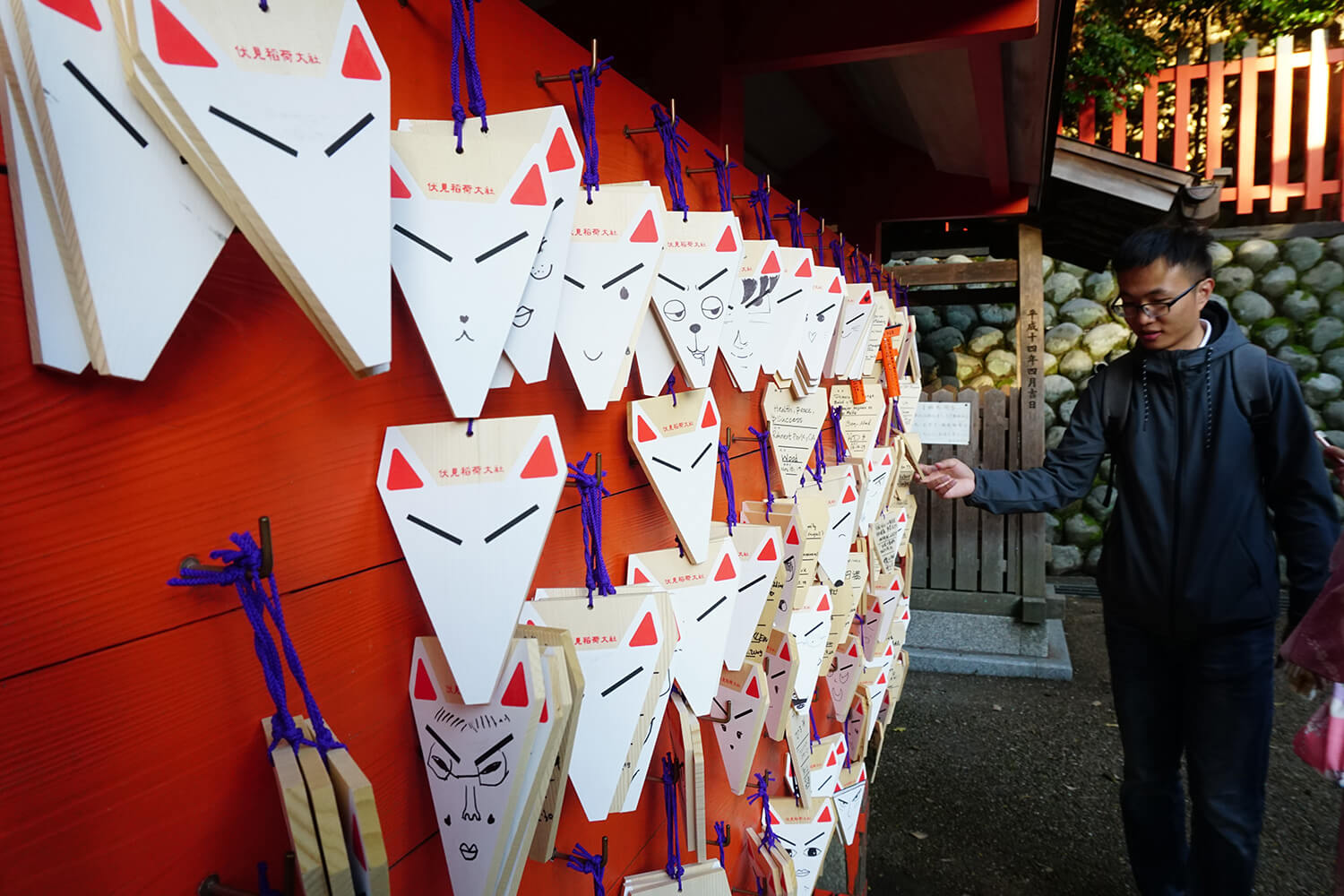
Temples and shrines usually offer omikuji, small sheets of paper thought to predict luck. You can usually draw one at random for around 100 jpy. If the draw isn’t so lucky, you can tie the paper on a thread or a tree to undo the bad luck.
Ema are wooden tablets, where visitors can write their wishes and tie them in the hope they will be fulfilled. They are also usually available at both shrines and temples.

Omikuji
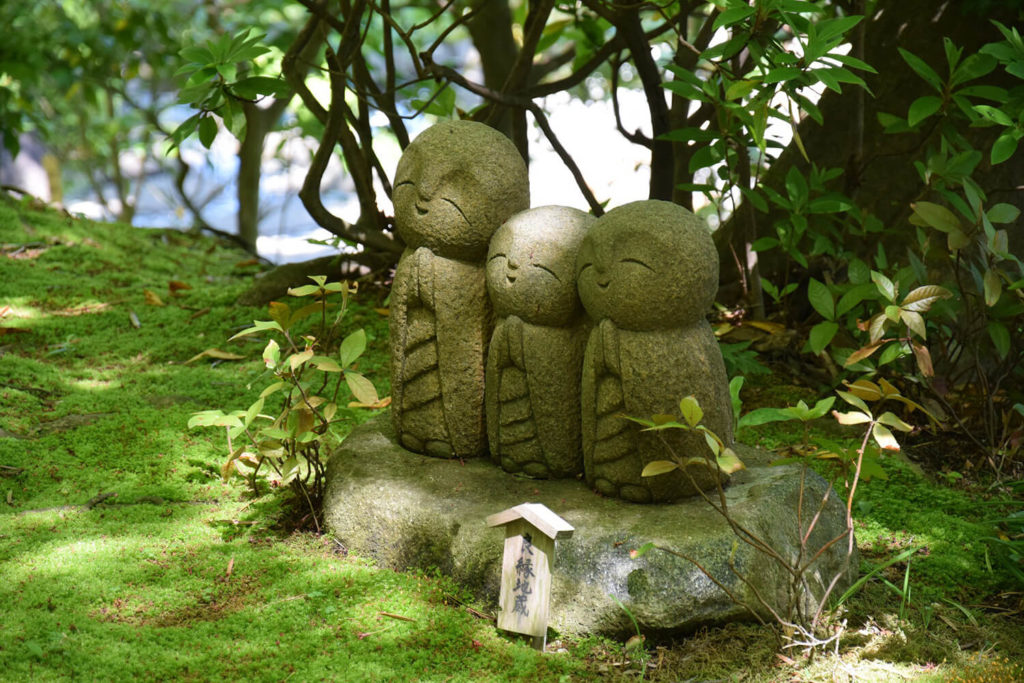
When walking around, and visiting temples (tera 寺 in Japanese), you are likely to notice statues wearing red bibs or hats. This is Jizô (Ksitigarbha in Sanscrit). Jizô is one of the main four bodhisattvas in East Asian Buddhism and is very present in Japan. He is thought to protect the soul of deceased children or lost pregnancies, as well as protecting travelers and pilgrims. Jizô is found along many paths and roads all over the country.
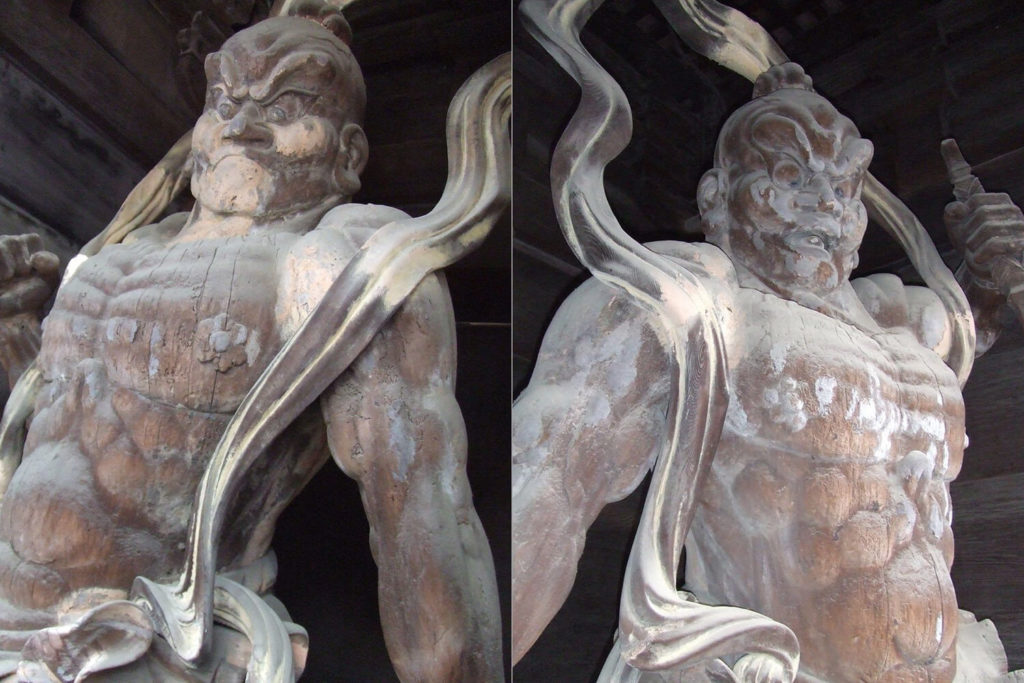
Arriving at a temple, the visitor usually walks through a large gate, before entering the main area. Two statues guard the gates: they are Niô or the two demon guardians of the Buddhist law.
They symbolise all creation as the right statue’s mouth is open, forming “a” sound, and the left-hand statue’s mouth is open in an “n” sound. They are the first and last letters in Sanskrit, like the alpha and omega.
A temple gate
Many temples and shrines display elements from both religions, like the famous Sensôji Temple in Tokyo’s Asakusa district neighbouring a large Shinto shrine. Because Shinto was made State religion during the Meiji period (1868-1912), a number of practices and rituals integrated Shinto symbols. A lot of Japanese visits both shrines and temples and syncretism is an inherent part of Japanese religious practices.